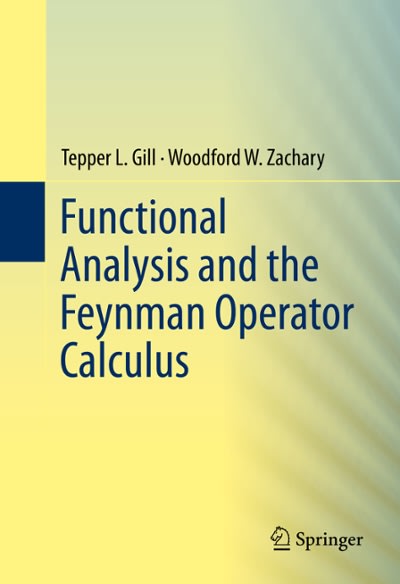Question
As you are aware, statistical methods are based on various underlying assumptions. One common assumption is that a random variable is normally-distributed. In many statistical
As you are aware, statistical methods are based on various underlying assumptions. One common assumption is that a random variable is normally-distributed. In many statistical analyses, normality is often conveniently assumed without any empirical evidence or test. When this assumption is violated, interpretation and inference may not be reliable or valid.
The Normal distribution is generally most applicable to continuous data and is intrinsically associated with parametric statistics. Parametric statistics (e.g., confidence intervals, t test, F test, ANOVA, regression, etc.), by definition, assume that the data are normally-distributed, and uses the mean as the measure of central tendency. Therefore, in order to be consistent we need to formally test the assumption of normality.
The simplest method of assessing normality is to look at the frequency distribution histogram, and the most important things to look at are the symmetry and peak of the curve. In addition be aware of curves that indicate two or more peaks this would show a multi-modal distribution and are not very friendly in statistics. Graphical tools and visual appraisals are used as an indication of the distribution.
For this problem, generate: (1) a histogram (using 6 bin intervals), (2) a probability-probability (P-P) plot and (3) a quantile-quantile (Q-Q) plot of the uncorrelated data in Table 1. You must describe and interpret the results from each plot in terms of the normality of the dataset in order to receive full credit for this problem.
Table 1. Installation Times
Obs Installation Obs Installation Obs Installation Obs Installation
Time (secs) Time (secs) Time (secs) Time (secs)
1 99.79 6 99.56 11 100.17 16 100.33
2 100.26 7 100.41 12 99.98 17 99.83
3 100.23 8 100.27 13 100.02 18 100.47
4 99.95 9 99.62 14 99.95 19 99.82
5 99.96 10 99.90 15 100.06 20 99.85
reference:
https://drive.google.com/file/d/1EVaIV7NtRDTvL8Srpe_Uq7SfIjvx1l9Z/view?usp=sharing
https://drive.google.com/file/d/184T3Cos_jm6bdUzqPE867jb7r4i-Foy4/view?usp=sharing
https://drive.google.com/file/d/1HKUAXiCKJxLaE8qTyW1H1r8jG_YIOp7E/view?usp=drivesdk
Step by Step Solution
There are 3 Steps involved in it
Step: 1

Get Instant Access to Expert-Tailored Solutions
See step-by-step solutions with expert insights and AI powered tools for academic success
Step: 2

Step: 3

Ace Your Homework with AI
Get the answers you need in no time with our AI-driven, step-by-step assistance
Get Started


